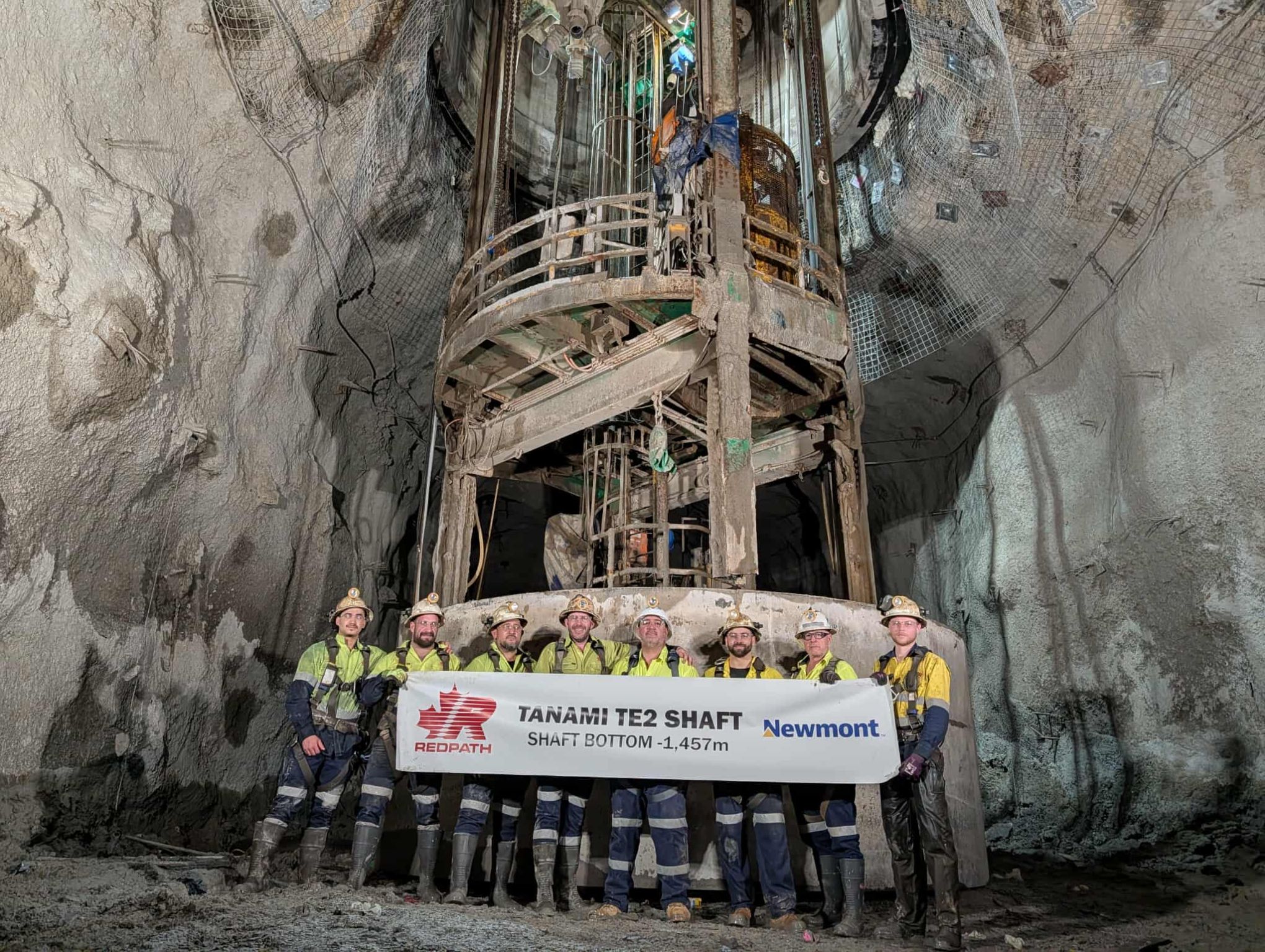This African printing company isn’t afraid to invest regularly and heavily in its quest to be the best.
If General Printers of Nairobi, in the East African country of Kenya, was a football team, it would have a seriously overloaded trophy cabinet. General Printers is definitely at the top of its game and while there are undoubtedly bigger printing companies in the world, it is unlikely that many will do a better job. Look at any aspect of the business and you see evidence of forward thinking, clarity of vision and a willingness to invest in a continual drive towards improvement.
The Kenya of 1967, when General Printers was founded as a jobbing commercial printer and book printer, must seem light years away from the present-day version. The real shape of the business began to form in 1969, when it was taken over by the Tanna family. “The family always set high standards,” says current managing director Ketul Tanna. “It’s been part of our ethos to be at the vanguard of trends rather than to follow on behind.”
Despite the company’s name, General Printers is no longer any such thing. At the time the Tanna family took over, the company had been involved with packaging—initially printing cardboard outer cartons. But in 1976 the business started to diversify more by dipping its toe into flexible packaging printing. By 1994, management was convinced this was the right direction for the business and in that year took the very bold decision to dispose of all other printing activities and concentrate solely on flexible packaging. Since then, others have joined the market but General Printers was the pioneer, and it continues to dominate the industry, with its influence extending through the whole of Eastern and Central Africa. “At the time,” says Tanna, “people in the industry were puzzled as to why we would want to give away a large chunk of our business. Our feeling, though, was that we could only be the best if we focused exclusively on the one activity. It also meant we wouldn’t have to dilute our investment capability either.”
And invest it has: being the leader doesn’t come cheap. General Printers purchased its first gravure printer in 1987; the first three-layer blown film line in East Africa in 1994; and followed this with a major expansion in 2003 with a nine-colour gravure printer and the first electronic line shaft in East Africa. The first five-layer film line in East Africa came in 2005; with yet another expansion and an eight-colour line shaft following in 2008. Every two years, a major investment was being made. And another $15 million will be spent over the coming two years.
The result, though, is that General Printers is not only the market leader in Kenya but it also gets 40 per cent of its $30 million-a-year revenue from exports. Egypt and South Africa are the two biggest markets but in total, its flexible packaging goes to 25 countries throughout Africa and the Middle East—even as far afield as the United Kingdom.
But why this fixation on flexible packaging? “We saw from our visits overseas the direction the market was taking,” says Tanna. “Flexible packaging has benefits all-round over rigid packaging. It provides excellent barrier properties for the contents while enabling the packaging to look appealing to the buyer. Plus there are savings to be made for the manufacturer and the environment by reducing weight and volume during transportation.”
This concern for the environment is way ahead of the game in Kenya. “Considering it is a major city, the air in Nairobi is very clean,” says Tanna, “and we want to make our contribution to keeping it that way. In Europe, printers must comply with strict solvent reduction regulations or pay the penalty. There’s no such thing here but we were still prepared to install a cleaning system which minimises the amount of solvents that are released into the air.”
To this end, the company has invested in a solvent recycling system that will enable it to fulfil its commitment to sustainability by reducing the amount of VOC (volatile organic compounds) emissions it produces by an impressive 75 per cent.
General Printers is also doing its bit for a low carbon footprint. Although it has printing presses capable of running nine colours if needed, the fact is that more often than not, they aren’t. As such, since 2003 it has ensured that all new print machines are fitted with electronic line shafts which save energy by decoupling those drums that aren’t being used.
For 15 years, General Printers has had a policy of regularly training its 200-plus workforce. Regular kaizen blitzes are applied to working practices and there is a strict adherence to the 5S standard of good housekeeping.
Over the past decade, a string of ISO and US certifications, including the most recent, ISO22000, have been earned; but perhaps the one that General Printers is most proud of is the BRC (British Retail Consortium) Certificate which is accepted by purchasers the world over as proof of quality and cleanliness of General Printers’ production.
At the end of the day, packaging is part of the marketing mix; so without the correct material and best possible aesthetic quality, what’s going on in the back room is academic. Testimony to General Printers’ printing ability comes from the blue chip list of clients it does work for: Unilever, Nestlé, Cadbury, Wrigley’s and British American Tobacco—they all demonstrate General Printers’ ability across the product spectrum, from industrial packaging to consumer food products.
The eight- and nine-colour gravure printing machines are a match for anything that can be found elsewhere in the world and are capable of reproducing the most intricate artwork with the same degree of precision as the best international printing houses. The three- and five-layer blown film lines give General Printers equal flexibility on the range of specifications customers call for.
“We print like a first-world company,” says Tanna, “but we are still in Africa and need to serve a large African clientele. In Europe or America, innovation generally comes with a price premium; here in Africa, we try to do things in a cleverer way, not to push up the price but to bring down costs.”
By any yardstick, General Printers is a model of good business practice and it’s not surprising that it has gained the accolades it has which, for sure, won’t be the last.
Written by Alan Swaby; research by Gary Smith



 Generalprinters-EMEA-June12-Bro-s.pdf
Generalprinters-EMEA-June12-Bro-s.pdf









